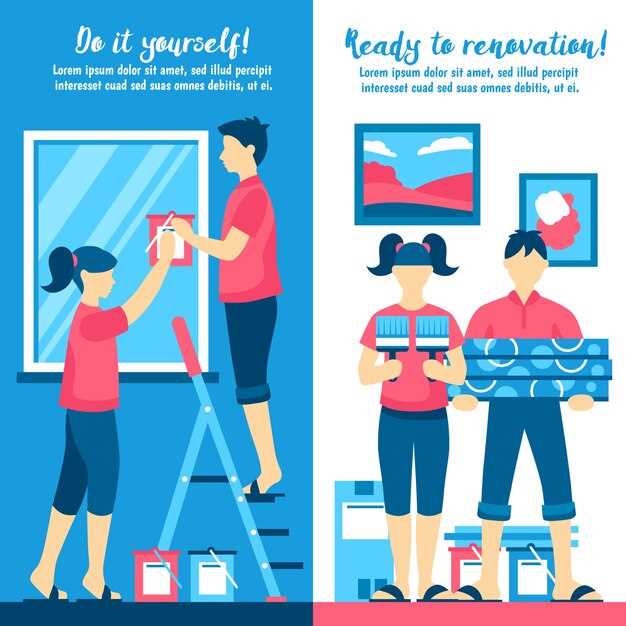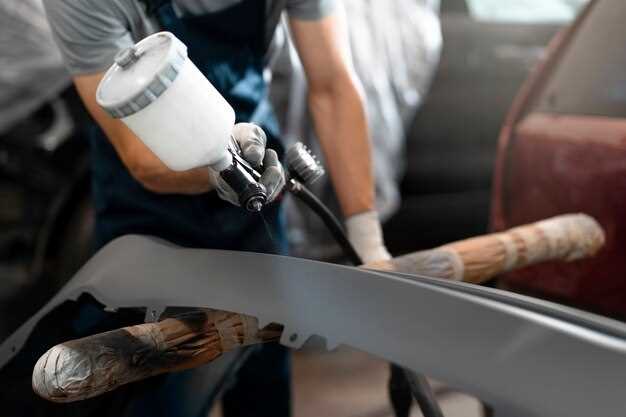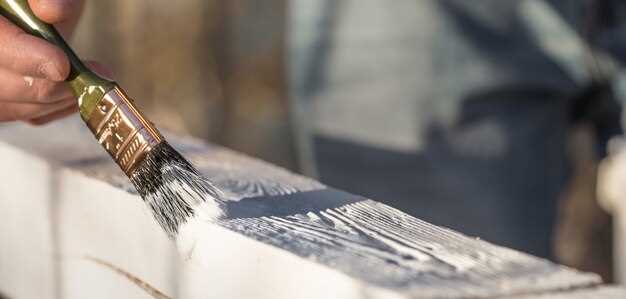
When it comes to maintaining the aesthetic appeal of your vehicle, the decision between a touch-up paint job and a full paint job can be daunting. Both options have their merits, and the choice you make can significantly impact the appearance and value of your car. Understanding the differences between these two approaches is essential for making an informed decision.
A touch-up paint job is generally used to repair minor imperfections such as scratches, chips, and blemishes. It involves applying paint only to the affected areas, which can restore the vehicle’s finish without the need for a complete overhaul. This option is often more cost-effective and can be completed in a shorter time frame, making it appealing for those looking for a swift solution.
On the other hand, a full paint job involves repainting the entire vehicle. This option is ideal for cars that have extensive damage, faded paint, or for owners looking to change the car’s color entirely. While more costly and time-consuming, a full paint job can breathe new life into a vehicle and enhance its overall appeal, making it an investment worth considering if you are aiming for a complete makeover.
Ultimately, the choice between touch-up and full paint jobs depends on factors such as the extent of the damage, desired outcome, and budget. This article will explore these aspects in detail to help you navigate the decision-making process effectively.
Assessing the Condition of Your Vehicle’s Paint

Determining whether to opt for a touch-up or a full paint job begins with a thorough assessment of your vehicle’s paint condition. Start by examining the surface for visible imperfections such as scratches, chips, and fading. Look for places where the paint may have worn away, exposing the underlying metal or primer. These indicators can help gauge the severity of the damage.
Next, consider the texture of the paint. A smooth surface is a sign of good condition, while rough or peeling paint suggests that a more extensive repair might be necessary. Pay attention to areas where debris, such as tree sap or bird droppings, has settled, as these can lead to long-term damage if not addressed promptly.
Another critical aspect to evaluate is the color consistency across the vehicle. If certain areas appear dull or noticeably different from others, it may indicate fading or oxidation. Inspecting under different lighting conditions can provide additional insight into the paint’s overall appearance.
Finally, check for rust or corrosion, especially on older vehicles. Rust can compromise the structural integrity of the car and may require a complete repaint to ensure the protection of the underlying metal. If you find significant rusting, a full paint job may be the better choice to address both aesthetic and functional concerns.
Understanding Cost Differences and Budget Considerations

When deciding between touch-up and full paint jobs for your vehicle, it is crucial to understand the cost implications of each option. Touch-up jobs are generally more affordable, averaging between $50 and $150 for minor scratches and chips. In contrast, a full paint job can range from $1,000 to $4,000, depending on the quality of materials, labor, and the size of the vehicle.
In addition to the basic costs, the type of paint used also plays a significant role in determining the overall expense. Standard enamel paints are typically less expensive, while high-quality metallic or custom finishes can significantly increase the price. Moreover, the complexity of the job can lead to variations; for instance, a basic solid color will often be cheaper than a multi-stage paint process that involves additional labor and materials.
It’s important to consider not only the upfront costs but also the long-term implications of your choice. A full paint job, while more costly initially, may offer better durability and protection against wear and tear, potentially saving money on future touch-ups and maintenance.
Before making a decision, assess your budget realistically. Think about your vehicle’s age, condition, and the intended use, as these factors may influence how much you are willing to invest in its appearance. Evaluating competing quotes from local services can also provide insights into what to expect in terms of pricing.
Ultimately, aligning your choice with your budget and priorities will guide you in making the most cost-effective decision regarding your vehicle’s paint job.
Evaluating Longevity and Durability of Each Option
When considering touch-up paint versus a full paint job, assessing longevity and durability is crucial for making an informed decision. Touch-up jobs are generally designed to mask minor imperfections and can be effective for small areas, but they often do not provide the same level of protection as a complete repaint. The longevity of touch-up paint can vary significantly depending on the quality of the paint, application technique, and environmental factors.
Full paint jobs typically involve a more thorough preparation process, including sanding, priming, and multiple layers of paint. This comprehensive approach often results in a more durable finish that can withstand wear and tear over time. High-quality paints used in full jobs are often formulated to resist fading, chipping, and peeling, ensuring that the vehicle retains its aesthetic appeal for years. Properly applied full paint jobs can also offer better resistance to environmental elements such as UV rays, moisture, and pollutants.
In contrast, touch-ups may require more frequent maintenance, particularly if the underlying issues are not addressed, which can lead to repeated costs over time. While touch-ups can be a quick and cost-effective solution for specific blemishes, the longevity of the repair is inherently limited by the original paint condition. If the base paint is deteriorating, touch-up solutions may not last long before further exfoliation occurs.
Ultimately, for those seeking a long-term solution that maximizes durability, a full paint job is generally the best option. Although it comes with a higher upfront cost, the enduring quality often justifies the investment. Conversely, if budget constraints demand flexibility and the vehicle is in relatively good condition, touch-ups can serve as a temporary fix, provided that owners are prepared for potential reapplications down the line.

